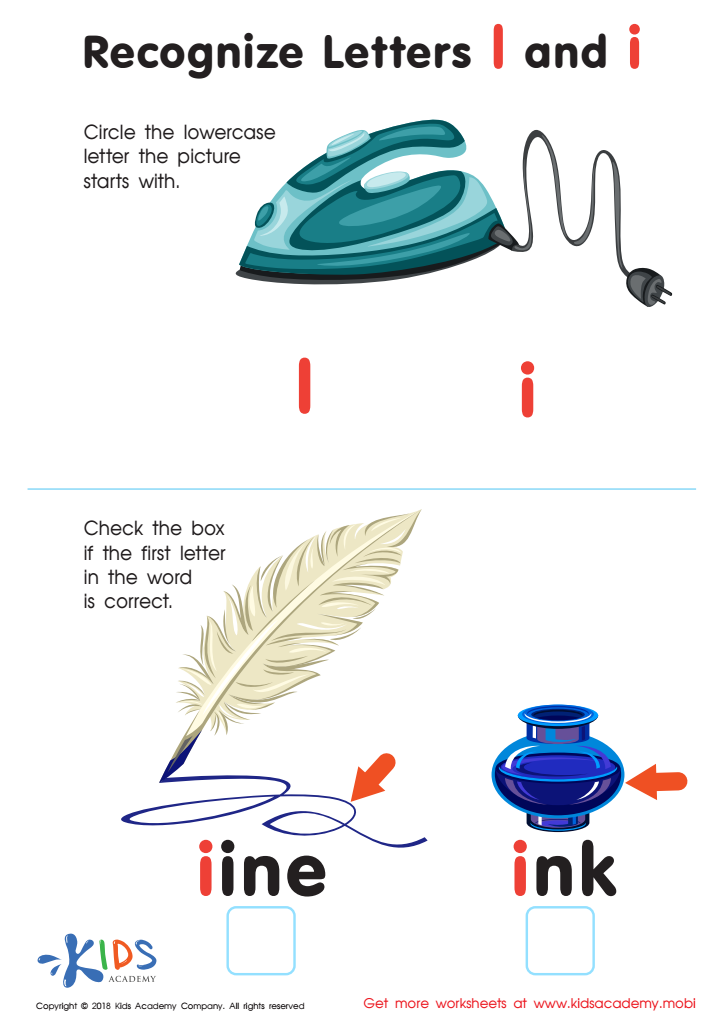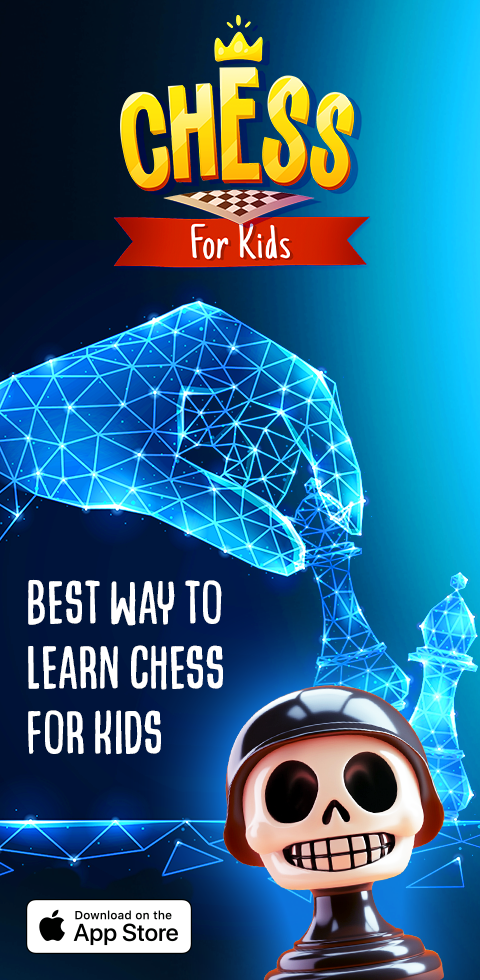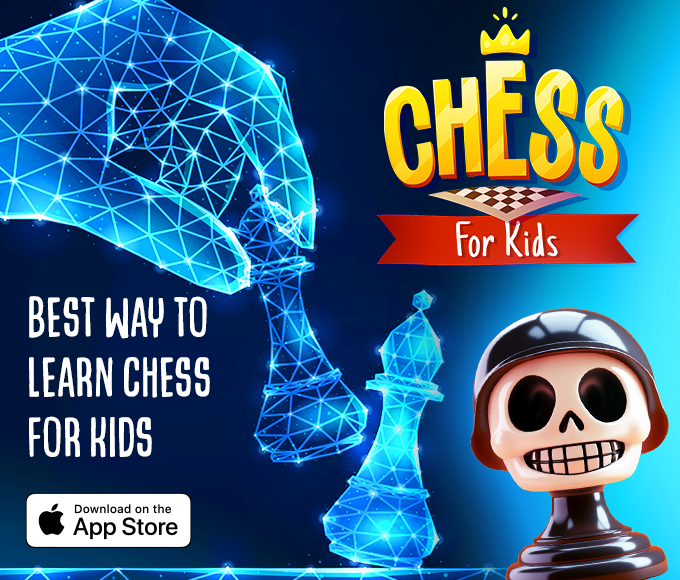Letter recognition Normal Reading Worksheets for Ages 4-5
3 filtered results
-
From - To
Discover our engaging Letter Recognition Normal Reading Worksheets designed specifically for children aged 4-5. These playful and educational resources help young learners identify and familiarize themselves with letters through colorful illustrations and fun activities. Our worksheets promote letter recognition in a variety of contexts, ensuring that kids develop essential foundational skills for reading success. Each worksheet is aligned with early literacy standards and encourages independent learning, allowing children to enhance their cognitive and fine motor skills. Perfect for home or classroom use, our worksheets blend learning with fun to keep little ones motivated and excited about their reading journey!


Recognize Letters l and i Worksheet


Long and Short U Worksheet


Long and Short E Worksheet
Letter recognition is a crucial foundational skill for children aged 4-5, setting the stage for successful reading and writing. Understanding letters is essential because it helps children decode words and develop phonemic awareness, which is the ability to hear, identify, and manipulate individual sounds in spoken words. When children can recognize letters, they gain confidence in their ability to read and express themselves through writing.
For parents and teachers, fostering letter recognition contributes to a child’s overall literacy development. This skill enhances vocabulary acquisition and comprehension, serving as a building block for future educational success. Early mastery of letter recognition aids in word formation and fluency as students progress to more complex reading tasks.
Moreover, engaging in activities that promote letter recognition can create positive and enjoyable learning experiences for young children. This includes storytelling, interactive games, and alphabet songs. By actively participating in these activities, parents and teachers not only support academic growth but also strengthen the child’s curiosity and love for literacy.
Ultimately, prioritizing letter recognition ensures that children are well-prepared for formal reading instruction, promoting lifelong skills that will benefit them academically and enhance their communication abilities.
 Assign to My Students
Assign to My Students



















